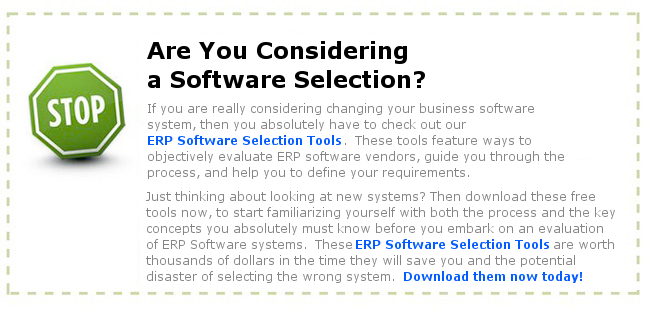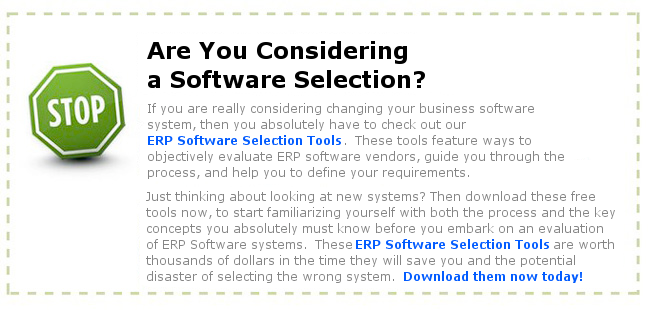Chris Shaul
Now that Oracle has gobbled up its competitors, Peoplesoft and JD Edwards, and has aquired Seibel CRM, there is a shrinking landscape of Tier 1 vendors available in the marketplace. It used to be the old JBOPS (JD Edwards, Baan, Oracle, Peoplesoft, and SAP) that people relied on as the playing field for their selections. Now, you have Oracle and SAP battling it out at the top end. SSA Software is working at bringing Baan back to the game under the name SSA ERP LN, but the market has not yet recognized the “new Baan”. So essentially there are now three players in the Tier 1 space.
SAP and Oracle are continuing to compete on the extensiblity of their solutions. SSA is making some buzz in the market too.
So the question is, will there be more variety or options, or will it be more of the same. If it is more of the same from each of these three players, then who will companies turn to? One possible answer in the future will be Microsoft and their Axapta (Now called Dynamics AX) product. But that product is still a few years from being a true Tier 1 competitor. The advantage with the Microsoft solution is very flexible technology that allows solutions and modifications to be built around the product core easily, without breaking the upgrade path. This flexibility outshines the other players. The depth of the product will be their in a few years, but it is not there yet.
What about the Tier 2 players? Can QAD, Epicor, or Infor produce a competing product? As of right now, no. It seems that is not the niche they want to play in. So for now, in the upper tier space, there will be only a few players and few options. But with everything in the IT world, a short time can reveal many new changes.
Chris Shaul is a Sr. IT Consultant and specializes about ERP selections and implementations.

